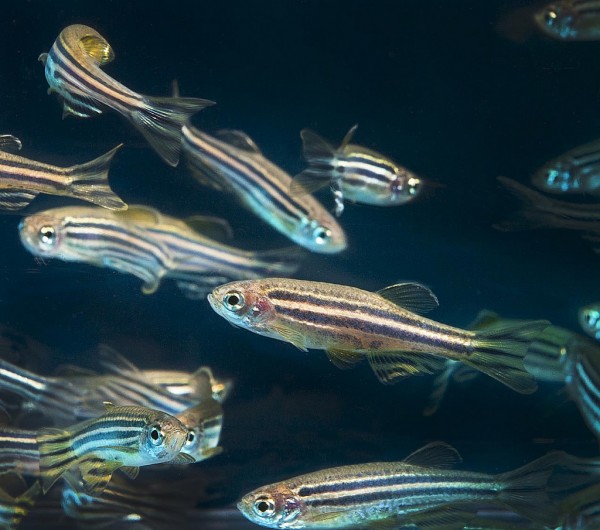By Dane Lorica, | November 27, 2016

The researchers used zebrafish to observe the effects of a predatory bacterium on a disease caused by a superbug. (Oregon State University/CC BY-SA 2.0)
The spread of microorganisms resistant to antibiotics is a major threat facing the world today. Researchers have discovered promising ways to get rid of superbugs; one of these involves the use of an aggressive bacterium that when introduced to the body will prey from the harmful microbes.
Researchers from the University of Nottingham and Imperial College London injected a bacterium into the larvae of zebrafish to study how it can defeat an existing infection. The resistant Shigella flexneri strain M90T was administered into the larvae to create a disease. This was followed by an injection of Bdellovibrio, a species that is known for its predatory effect on Salmonella and E.coli.
Like Us on Facebook
The scientists observed that the population of Shigella in the specimen injected with Bdellovibrio was reduced by 4,000 folds while zebrafish that did not receive the second bacterium suffered from the increasing population of the first. The aggressive bacterium also managed to fight off the disease even in specimens with no white blood cells due to a compromised immune system. According to the study, the fish species was selected due to its translucent skin which will let scientists observe internal changes.
Serge Mostowy said that the "study really shows what a unique and interesting bacterium Bdellovibrio is as it presents this amazing natural synergy with the immune system and persist just long enough to kill prey bacteria before being naturally cleared." He added that their study would serve as a "milestone in research into the use of a living antibiotic that could be used in animals and humans."
Liz Socket said that the "predatory action of the Bdellovibrio breaks the Shigella-pathogen cells and this stimulates the white blood cells, redoubling their efforts against the pathogen and leading to increased survival of the zebrafish' patients." The survival rate improved from 25 to 60 percent, according to the results.
The treatment used in the study published in the journal Current Biology will have to undergo safety checks before it can be therapeutically applied to humans.
-
Use of Coronavirus Pandemic Drones Raises Privacy Concerns: Drones Spread Fear, Local Officials Say

-
Coronavirus Hampers The Delivery Of Lockheed Martin F-35 Stealth Fighters For 2020

-
Instagram Speeds Up Plans to Add Account Memorialization Feature Due to COVID-19 Deaths

-
NASA: Perseverance Plans to Bring 'Mars Rock' to Earth in 2031

-
600 Dead And 3,000 In The Hospital as Iranians Believed Drinking High-Concentrations of Alcohol Can Cure The Coronavirus

-
600 Dead And 3,000 In The Hospital as Iranians Believed Drinking High-Concentrations of Alcohol Can Cure The Coronavirus

-
COVID-19: Doctors, Nurses Use Virtual Reality to Learn New Skills in Treating Coronavirus Patients







